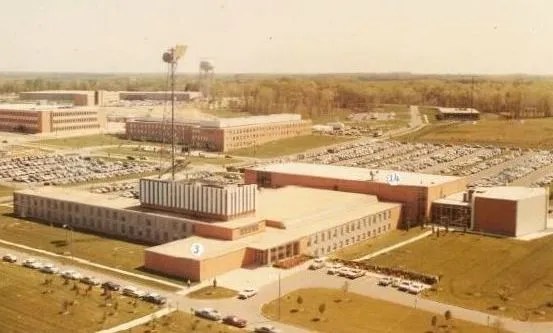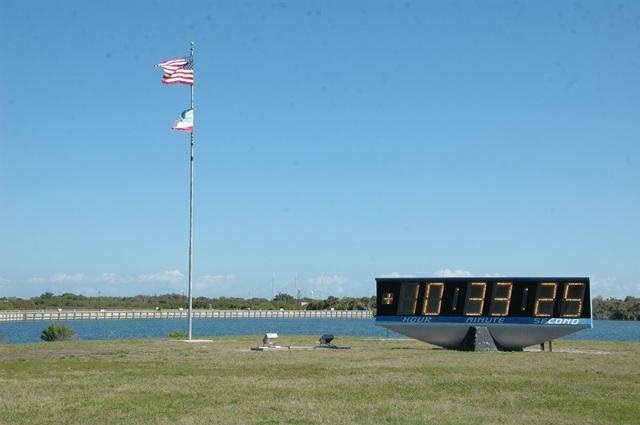NPA FAQs
NASA’s National Programmatic Agreement (NPA)
What are the benefits of the NPA?
Under standard Section 106 procedures, codified in 36 CFR Part 800, NASA must complete all of the steps of the process for every independent action (or undertaking), consulting with the State Historic Preservation Officer (SHPO) and other consulting parties every step along the way. If the undertaking will result in an adverse effect to a historic property, a Memorandum of Agreement (MOA) must be executed, stipulating specific mitigation measures that will be completed to compensate for the impact. The undertaking cannot proceed until Section 106 is resolved, which can be lengthy and time-consuming, often necessitating the engagement of consultants to complete studies at additional cost to NASA.
A PA is an alternative to standard Section 106 that federal agencies are permitted to use for complex project situations and/or multiple undertakings. NASA proposes to use a PA to ease the compliance burden of individual undertakings associated with NASA asset management by grouping them and specifying up front the process that will be followed to comply with Section 106. This will reduce the calendar days and staff time required to complete Section 106 review for both NASA and SHPOs, and will allow project managers to more effectively plan the schedule and cost of compliance.
How will NASA assess effects under the NPA?
NASA will apply the principle “By NASA for NASA” to assess adverse effects at participating Centers. The majority of activities at Centers that are carried out by NASA for continued NASA use will be considered to have no adverse effect and no consultation will be required. “By NASA for NASA” is based on the premise that for HTSF, continual modification is required for an asset to remain in active use, and accordingly a character-defining feature. As an example, consider Launch Complex 39A (LC-39A) at Kennedy Space Center, a property individually listed on the National Register of Historic Places (NRHP). LC-39A has been the launch site for Apollo, the Space Shuttle, and now SpaceX’s reusable launch system development. Each program required the historic property to be substantially modified, but far from adversely affecting the asset, each modification enabled a new period of significance. The same principle applies at NASA Centers. “By NASA for NASA” notwithstanding, effects on archaeological resources will be assessed for ground disturbing activities.
How will NASA preserve the unique character of its traditional NRHP historic districts?
While the NPA aims to simplify Section 106 consideration and provide flexibility at NASA Centers, NASA recognizes that there are areas within its Centers that possess a distinct historic aesthetic worthy of preservation (“Heritage Zones”). The NPA includes steps to identify these Heritage Zones and to develop design guidelines in consultation with the SHPOs and stakeholders that will ensure that the character-defining physical and historic aesthetic qualities of these districts are given special consideration.
If traditional mitigation goes away, how will NASA document its historic properties?
NASA is an agency committed to sharing its achievements with the public and it values documentation of its historic properties consistent with federal agency stewardship responsibilities under the National Historic Preservation Act. For this reason, the NPA integrates a robust recordation initiative at each Center that will make information on NASA’s historic properties available to the general public via the agency website. The website will contain features that will enable the public to virtually explore the Centers, which are not normally accessible to the public, and learn about NASA history through the lens of its unique assets. The NPA also includes stipulations for additional recordation of its most significant properties, which will be incorporated into the larger recordation initiative.
Does this mean NASA won’t seek ways to avoid demolition of historic properties?
No. NASA has policies and procedures in place to consider reuse of historic properties, and this will not change. Rather, the NPA will reinforce them. NASA policy requires Centers to explore alternatives to demolition, including Section 111 leases and adaptive reuse, through both the master planning process and real property management assessments. The NPA describes the process by which SHPOs and consulting parties will be formally engaged in these discussions prior to NASA making final decisions.
Will the NPA replace existing Section 106 agreements?
No. The agency-wide PA for NHLs, Center-specific PAs, and executed MOAs will take precedence. The NPA will apply to projects that are not covered by an existing Section 106 agreement document.
Is there a plan to engage Tribes, consulting parties, and the public?
Yes. NASA is consulting with Tribes and other parties that have expressed an interest in NASA Section 106 consultation at the Center level. NASA is also developing a public involvement plan. In the meantime, interested parties may refer to NASA’s NPA Website for additional information about the NPA, notifications of upcoming review periods, and draft documents available for review and comment.
Where can I go if I just want a snapshot glance at the various processes detailed in the NPA?
NASA is developing visual aids such as process flow charts and decision trees to accompany the NPA, including the Asset Categorization process, the undertaking review flow charts (Stipulations VI-IX), and the archaeological assessment matrix for areas not previously surveyed.



























